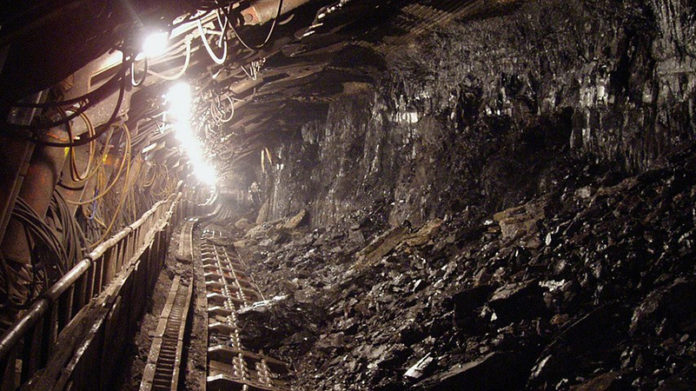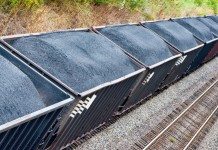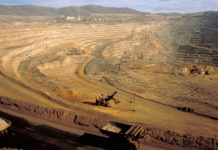
ANGLOGOLD Ashanti said it had recovered the bodies of three miners trapped at its Mponeng mine following a seismic event yesterday.
The group reported last night that seven employees were affected by the magnitude two event, but four had been delivered safely with injuries described as “non-life-threatening”.
The mine, which produced 244,000 ounces of gold in AngloGold’s previous financial year, has been subsequently shut pending an investigation by the Department of Minerals and Energy.
Mponeng and another asset, Mine Waste Solutions, is in the process of being sold by AngloGold to Harmony Gold. AngloGold said its South African mines couldn’t compete for new capital set against its international portfolio of mines and projects.
This was largely predicated on the difficulty of mining, the depth of operations as well as other operational hazards including regular power interruptions. As a result of the technical challenges, the South African mines are also hazardous.
The Minerals Council South Africa said in October last week that the number of deaths on South African mines had almost halved compared with last year, and could make 2019 a record low.
Seismicity, however, has long bedevilled South Africa’s gold mines and despite sophisticated predictive monitoring it occasionally occurs striking with complete surprise. The incident at Mponeng caused isolated damage – one panel was affected – and comes after the mine nearly completed two-years of fatality-free mining (about 698 days).
The seismic event was “ahead of the face”, the company said.
Following the deaths of eight miners in 2018 at is Driefontein mine, Sibanye-Stillwater said that from 2013 to the middle of May 2018, there were an average of 649 seismic events per year measuring between 1 and 2 magnitude on the Richter scale at Driefontein and Kloof mines, west of Johannesburg. In 2018 alone there have been 234 to that date.
Over the same period there were an average of 84 seismic events per year that were stronger than 2 magnitude. Seismic events at the operations killed one miner in 2015, one in 2017, and eight in 2018 in the two recent quakes, said Sibanye-Stillwater.










